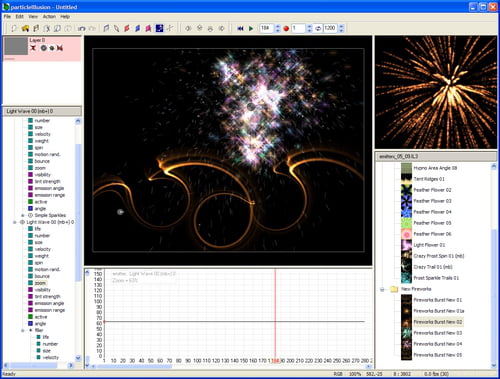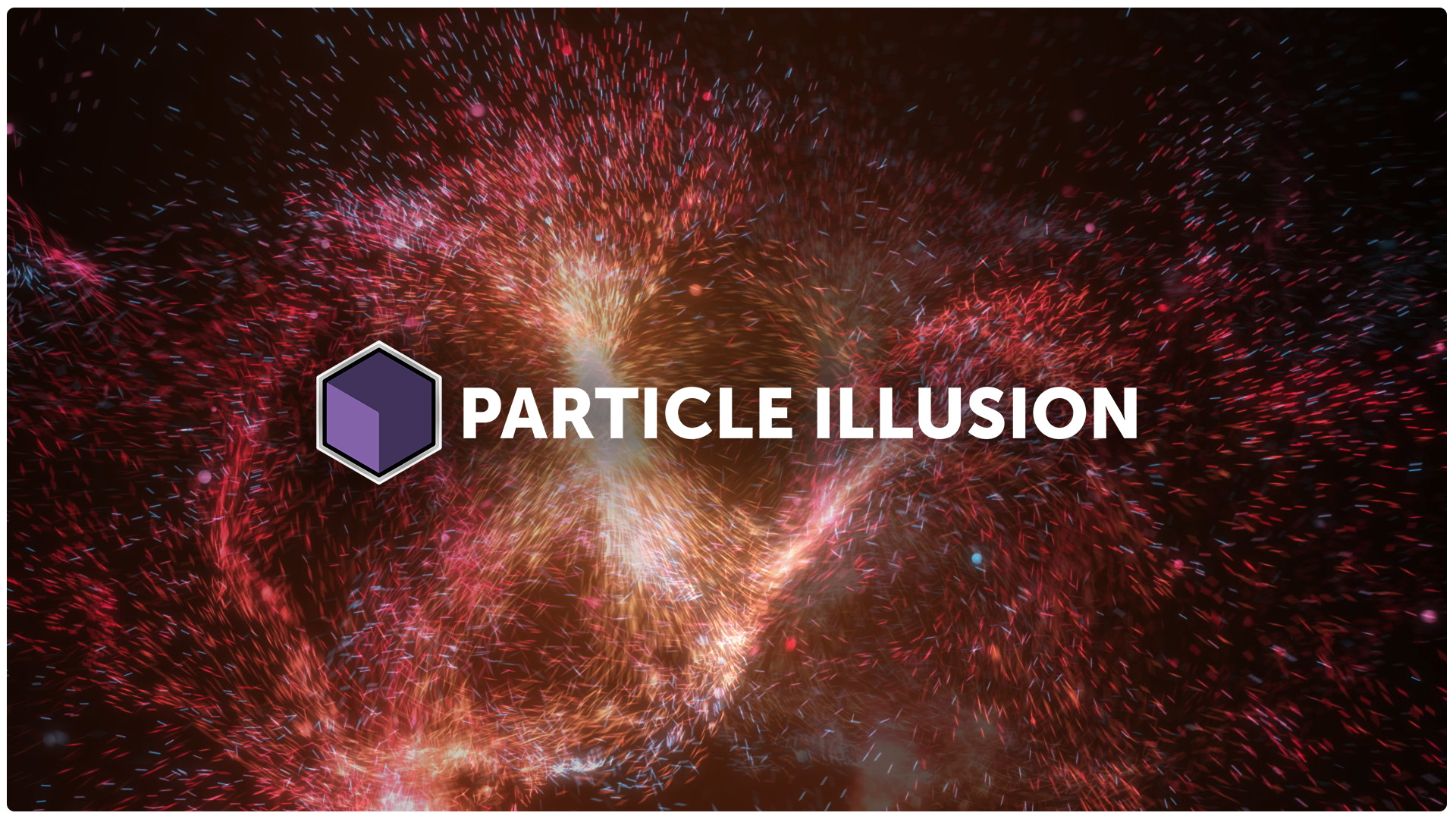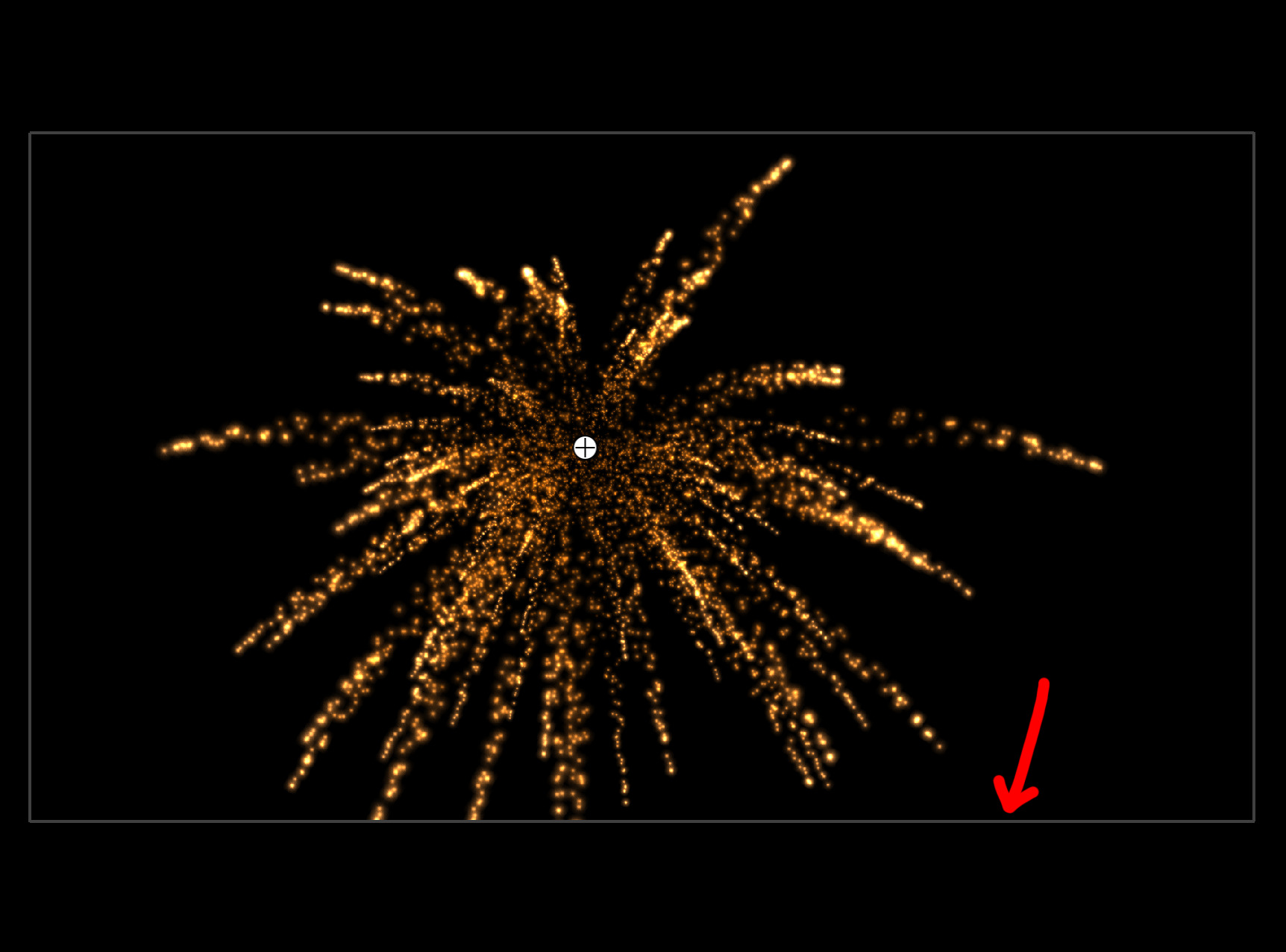

Of course, there will be almost as many new mechanisms proposed to explain these observations as there are theorists. While we are not absolutely certain these effects require a novel explanation, the evidence seems to be growing that some new physics is needed. Interestingly, however, this also disagrees with some lower-precision measurements from the LHC (presented in this study and this one). Again, it may be that yet undiscovered particles are adding to its mass. After many years of data taking and analysis, the experiment, also at Fermilab, suggests it is significantly heavier than theory predicts – deviating by an amount that would not happen by chance in more than a million million experiments. The latest surprising result is a measurement of the mass of a fundamental particle called the W boson, which carries the weak nuclear force that governs radioactive decay.

It found a small but significant deviation from some theoretical predictions – again suggesting that unknown forces or particles may be at work. Meanwhile, the Muon g-2 experiment at Fermilab in the US has recently made very precise studies of how muons “wobble” as their “spin” (a quantum property) interacts with surrounding magnetic fields. Intriguingly, though, measurements of similar processes involving “top quarks” from the ATLAS experiment at the LHC show this decay does happen at equal rates for electrons and muons. According to the standard model, this shouldn’t happen – hinting that new particles or even forces of nature may influence the process. Detailed studies from the LHCb experiment found that a particle known as a beauty quark (quarks make up the protons and neutrons in the atomic nucleus) “decays” (falls apart) into an electron much more often than into a muon – the electron’s heavier, but otherwise identical, sibling.

This theory shows that particles far too massive to be made directly in a lab collision can still influence what other particles do (through something called “quantum fluctuations.”) Measurements of such effects are very complex, however, and much harder to explain to the public.īut recent results hinting at unexplained new physics beyond the standard model are of this second type. Particles obey a counter-intuitive but hugely successful theory called quantum mechanics. The early evidence for Einstein’s theory of general relativity, for example, came from discovering small deviations in the apparent positions of stars and from the motion of Mercury in its orbit. The other is by making very precise measurements that test the predictions of theories and look for deviations from what is expected. In truth, particle physics has always proceeded in two ways, of which new particles is one. The storage-ring magnet for the Muon G-2 experiment at Fermilab. And with the LHC getting ready to run at higher energy and intensity than ever before, it is time to start discussing the implications widely.
PARTICLE ILLUSION FREE SERIES
Recently, however, a series of precise measurements of ordinary already known, standard particles and processes have threatened to shake up physics. That makes it easy to explain the value of the discovery to the general public and politicians. Studying a new, very heavy particle helps us see underlying physical processes – often without annoying background noise. We often talk about progress in terms of discovering new particles, and this is frequently true. A recent series of precise measurements of already known, standard particles and processes have threatened to shake up physics.Īs a physicist working at the Large Hadron Collider (LHC) at CERN, one of the most frequent questions I am asked is “When are you going to find something?” Resisting the temptation to sarcastically reply “Aside from the Higgs boson, which won the Nobel Prize, and a whole slew of new composite particles?” I realize that the reason the question is posed so frequently is down to how we have depicted progress in particle physics to the wider world.


 0 kommentar(er)
0 kommentar(er)
